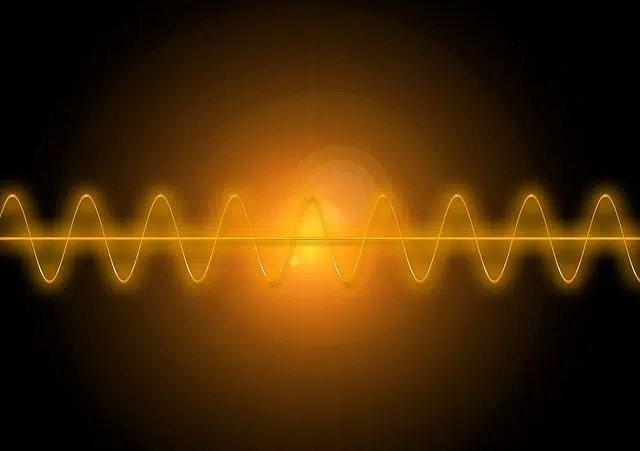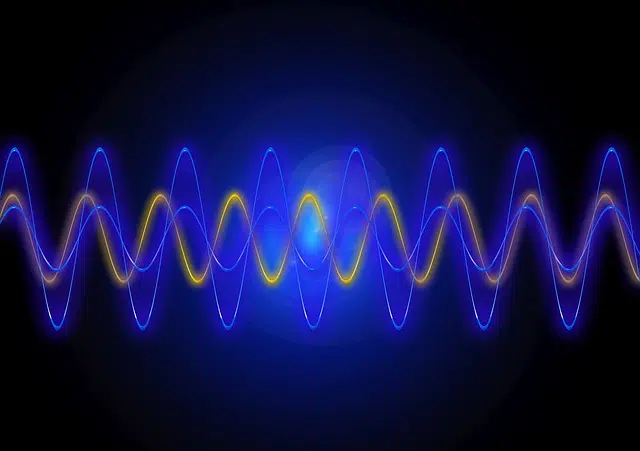
The longitudinal wave generates an oscillation movement that is parallel to the direction of propagation of the wave itself.
Before entering fully into the meaning of the term longitudinal wave , we are going to proceed to know the etymological origin of the two words that give it shape:
-Onda, first of all, derives from Latin. Specifically, it emanates from "unda", which can be translated as "swirl" or as "wave."
-Longitudinal, secondly, also comes from Latin. In its case, it must be indicated that it is the result of the sum of several lexical components of said language: the adjective "longus", which can be translated as "long"; the suffix "-tudo, -tudinis", which is used to indicate quality, and the suffix "-al", which is used to indicate "relationship".
What is a longitudinal wave
A wave is, for physics, a periodic movement that can propagate in a vacuum or in a physical medium. Longitudinal , for its part, is that which is located or develops in the direction or sense of length .
The propagation of a wave in a medium is linked to the vibration it generates in the particles of said medium . When the direction of propagation of the wave is equal to the direction in which the vibration of the particles of the medium is generated , the wave in question is classified as longitudinal .
A longitudinal wave is called, therefore, one that, in the particles of the medium, produces an oscillation movement that is parallel to the direction in which the wave itself propagates . Longitudinal waves differ from transverse waves , whose direction of propagation is perpendicular to the direction in which the particles of the medium vibrate.

The sound wave is an example of a longitudinal wave.
The example of sound
Sound waves , for example, are longitudinal waves. From the focus that generates the sound , wave fronts advance that move away from the origin, causing a disturbance in the molecules of the medium in the same direction of propagation.
It is important to keep in mind that the sound wave causes a modification of the sinusoidal pressure in the air. The passage of sound is accompanied by a back and forth movement of the air in the direction of propagation of this longitudinal wave.
The disturbance produced in the medium by a longitudinal wave, in short, is parallel to the direction in which the wave propagates. These longitudinal waves can propagate in gaseous, liquid or solid media.
Parts of the longitudinal wave
In addition to everything stated above, it is interesting to know that every wave and, therefore, also the longitudinal wave is made up of several parts:
-The crest, which is the point where the maximum undulation occurs.
-The valley, which, unlike the previous element, is the lowest point of the wave.
-The wavelength is, for its part, the distance between two consecutive crests.
-The frequency, which is the number of times a wave repeats in a specific period of time.
-The cycle, which we can determine is from the beginning of the wave to the end of it.
-The period, which indicates the time it takes for a wave to repeat itself.
-The amplitude, which is the distance that exists vertically between the maximum point of the wave, which is the crest, and its midpoint.
